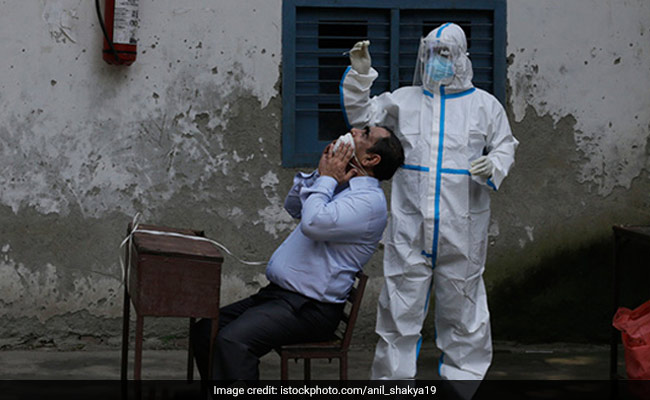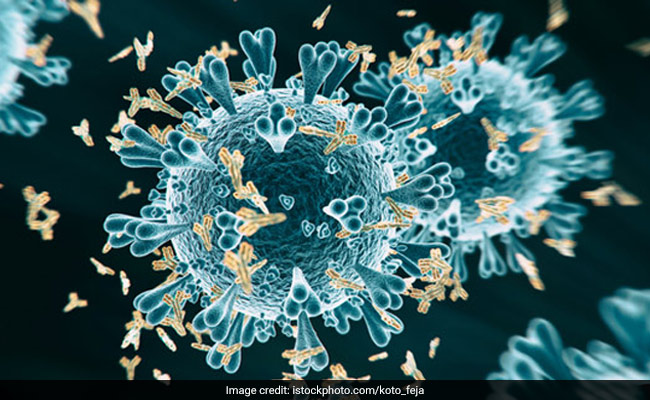5 years ago
New Delhi Television Limited (NDTV) and ChildFund present India's Helping Hands, supported by WhatsApp. The campaign aims to raise funds to set-up child-friendly COVID centres and run vaccination drives in vulnerable districts of rural India. These funds will also be used to protect the people of rural India from the severity of the third wave and in the long term, will help skill people who have lost jobs due to the pandemic and make them self-sufficient once more.
Here are the highlights of the #HelpingHands telethon:
That's a wrap on the #HelpingHands telethon. Stay safe, wear a mask, wash your hands, maintain social distance, get vaccinated.
If you wish to contribute to the cause of setting up Covid care centres for children and support vaccination drives in rural India then click here to donate now.
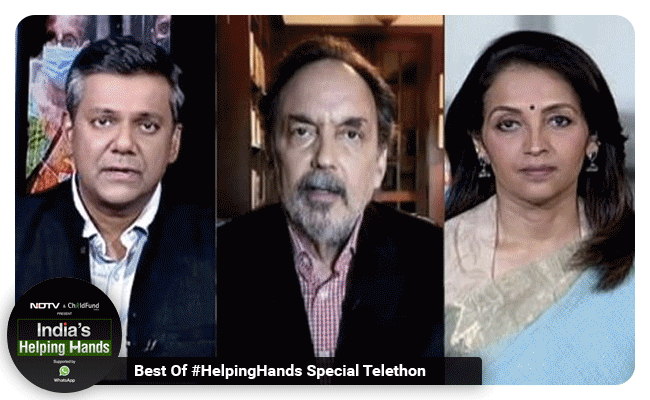
If you wish to contribute to the cause of setting up Covid care centres for children and support vaccination drives in rural India then click here to donate now.

Before #HelpingHands telethon draws to a close, Prannoy Roy summarises that while scaling up daily doses of Covid-19 vaccines is important, what will ensure India beats the third wave of the pandemic is quality of effective distribution of vaccine across all states
Underlying message of the #HelpingHands telethon: Let's learn the lessons from the devastating second wave of Covid-19 and prepare in advance to avoid the mistakes if and when a third wave of the pandemic emerges
Mainak Dhar, Managing Director, Kimberly Clark India donates Rs 25 lakh to the #HelpingHands initiative
Find your nearest vaccination centre on the MyGov Locator, Chat on WhatsApp with MyGov on +91-9013151515: Abhishek Singh, CEO, MyGov, Ministry of Electronics and Information Technology (MeitY), Government of India
#HelpingHands: Alysha Lobo, Co-founder, CovidAsha talks about the WhatsApp helpline service that provides verified information and handles almost 2,000 queries per day
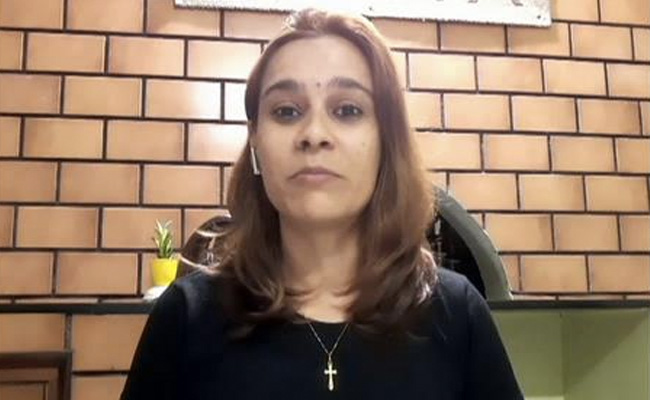

The conversation started in a WhatsApp group. We wanted to address the problem. People were looking everywhere for information so how could we give them one single point? We decided that chatbot was a way to go. Now we are addressing two-fold problem - relevancy of the data and how quickly we are able to get it out. Secondly, supplier empathy. Suppliers were getting calls. We worked as two side market place. One is giving information to people and the second, help suppliers. We are live in seven languages. During the peak, we helped 2,000 people per day.
We want to further strengthen the efforts and take the initiative to the rural India.
Kids do not get sick severely but when they do, we need expert hands: Dr Arijit Mohapatra, Director and Neonatal Intensivist, Jagannath Hospital , Bhubaneswar
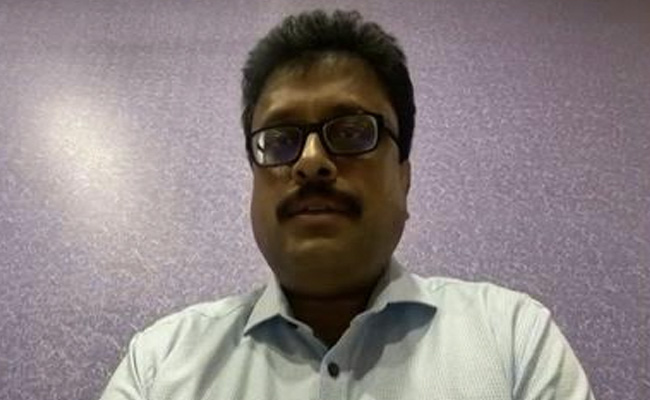

That was a fighter baby so to say. The baby came on day 25 with breathing difficulty, hardly able to breathe, with fever, not able to feed also so our whole NICU team came together and put the baby on a ventilator with oxygen and other supportive care. After five days, the baby recovered. That was really incredible and gives a lot of hope. Simultaneously I want to tell you that kids don't get so sick but when they do, we need expert hands and I believe we are prepared to handle this. We have guidelines also. We all know about handwashing, distancing, and all but we all need to get vaccinated. If elders are protected, children will also be protected. Secondly, don't panic. We have handled this and we can handle it. There is only 1-2 per cent chance that child will go to moderate or severe case so don't panic and vaccinate everyone above 18 as soon as possible.
The second wave came as a Tsunami: Dr Madhu Handa, Medical Director, Moolchand Hospital on #HelpingHands telethon
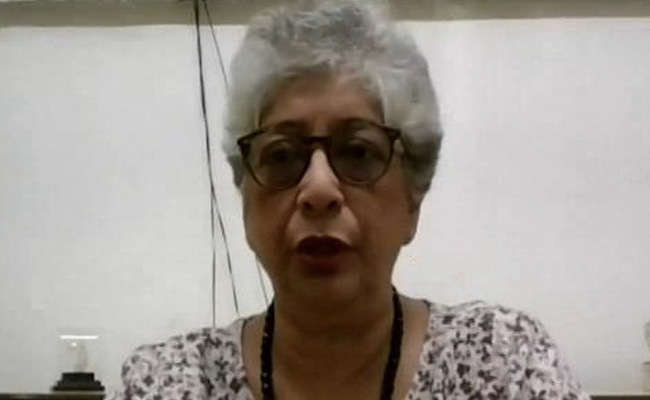

What all of us have been through is unprecedented. It was unexpected and nobody thought that we would have to experience such a thing. The wave came as a tsunami but it took everybody unexpected, nobody was prepared for such a huge wave. That's where the problem was. There was a big difference between first and second wave. In the first wave, not many patients were in need of the oxygen. In second wave, 80 per cent patients were in need of oxygen. We had 7-8 ventilators at start but by the end of May we had 25 ventilators. It is important to enhance equipment. Form 16 ICU beds, now we have 32 ICU beds. Our critical care beds should be more than what we had in the last wave.
To save children we need to save the parents: Biren Ghose, Country Head, Technicolor India
Dr. Uddhav Khilare, MD Paediatrics, Secretary of Covid Task Force, Navi Mumbai Municipal Corporation (NMMC), Paediatrics department on #HelpingHands telethon
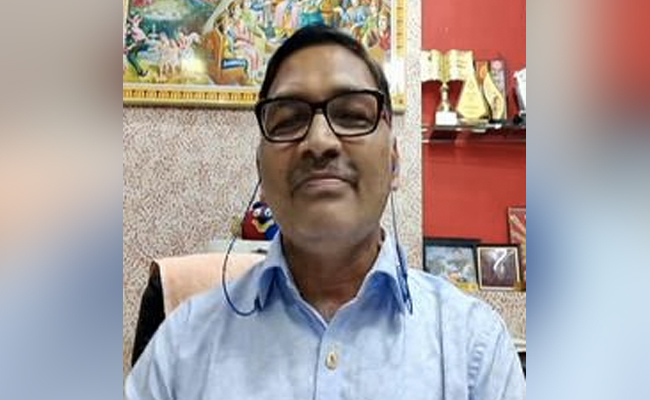

Numbers from Ahmednagar are for a month but 10 per cent of cases are among children. It is not new that children are being affected. But why children are vulnerable? Because they are unable to follow infection prevention rules. For children below 5 years, they have less number of receptors in the lungs which are important for case becoming severe. We have hardly seen any severe cases in children because of the less number of these receptors among children. But yes, we have to prepare for the third wave as below 18 are not getting vaccines so we have to be careful. We have been working with ChildFund for almost a year and they have helped in setting child-friendly centers. They have helped us in different ways in the last one year.
Umakant Soni, Co-Founder & CEO, ArtPark shares the idea behind XraySetu
Thank You Donors: After over an hour of telethon, contributions cross Rs. 39 Lakh
Keep your contributions coming to set up child-friendly COVID centres and help the rural India tackle challenges of COVID-19 pandemic. Click here
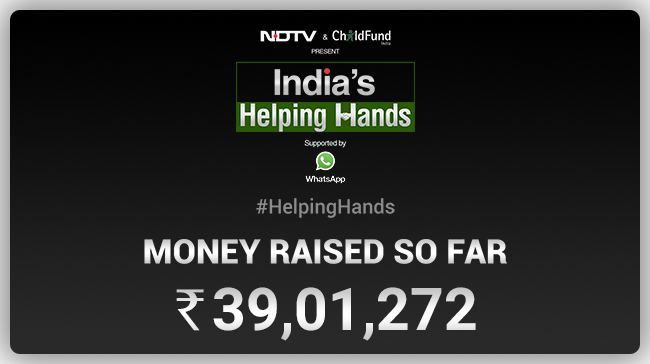
Keep your contributions coming to set up child-friendly COVID centres and help the rural India tackle challenges of COVID-19 pandemic. Click here

Rekha Sharma, Chairperson, National Commission for Women speaks about helping pregnant women who were also COVID-19 positive on #HelpingHands telethon
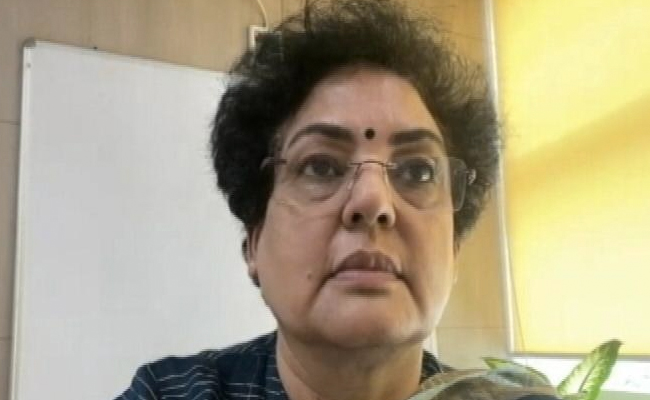

We started initially, we thought that pregnant women were not getting regular services from the hospital because we read in some of the media reports that they were reaching the hospital, but they were not being provided by the hospital, the beds, proper beds, or even the regular checkups. So, thinking that we can help them out in these services, we started. But later on, we found that most of the complaints, which we got were women who were affected by the COVID. They were pregnant, but affected by the COVID. And we could help them. That's because of many others who supported us, that we could help them in all the cases which we got.
In the second wave, many pregnant women were affected. I must say that we got only a tip of iceberg. I can say we could help only 900 women. They could only reach to us, but I think many, many women were affected in this second wave. But whatever requests came to us, in that period, we started this helpline on 23rd April. And till today we got around 900, 898, requests we received. And, with the help of states, other states, state commissions, health authorities, police, we could help all 900 of them.
Technicolor India announces a generous donation of Rs. 27 lakh
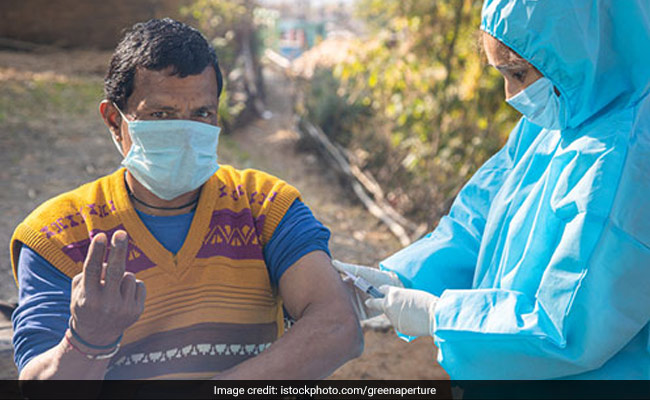
To donate and support the campaign, please click here

Pratibha Pandey, Sr. Specialist - Health, ChildFund India says only a healthy country can become a prosperous country
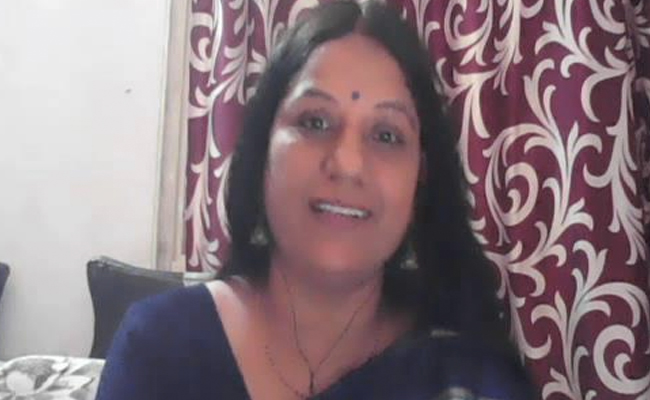

We always say 'samridh' (prosperous) India is possible when we all are 'swasth' (healthy). 65 per cent of the population is in rural India. It seems the primary health system and services in India are still developing. The quality of care currently is very poor. There are different data that suggest that there are 3.2 government hospitals per 10,000 patients. The state of Bihar has only 0.6. COVID has given us all a lesson. It is a wake-up call that healthcare is extremely important area to focus on.
Dr Srinath Reddy, President, Public Health Foundation of India joins the #HelpingHands telethon, suggests ways to contain the current spread of SARS-CoV-2 in rural India
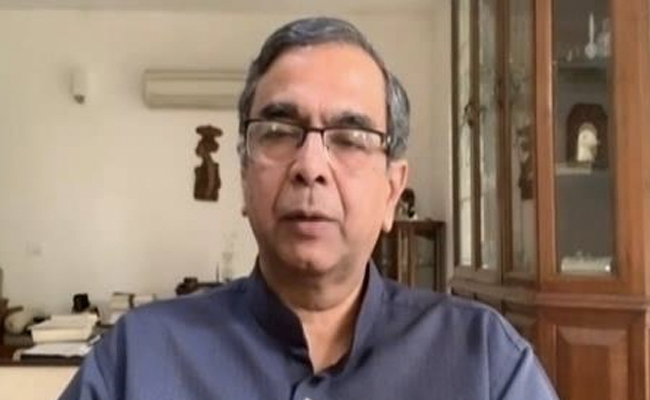

I think we do need to have a concern over situation in the rural India because the data systems are not as efficient, and as comprehensive as they are in urban areas. And even the media presence, which regularly reports on incidents and events, is not as widespread in rural areas. So, we do not get the alerts, even from the media. However, from whatever data are available, it appears that even in the rural areas, we are not seeing that level of surge anymore. And we are not getting any very disturbing stories coming in, as we were seeing about two to three weeks earlier. So while the actual numbers may be imprecise, I believe that the direction in which the pandemic is proceeding, which is downward towards recovery, I think that is happening even in small towns, and rural areas.
Chef Saransh Goila, Founder of Covid Meals For India on #HelpingHands Telethon
Sonali Fabiani, Founder, @Altry_GiftsThatMatter Contributes Rs. 9 Lakh To India's #HelpingHands Campaign
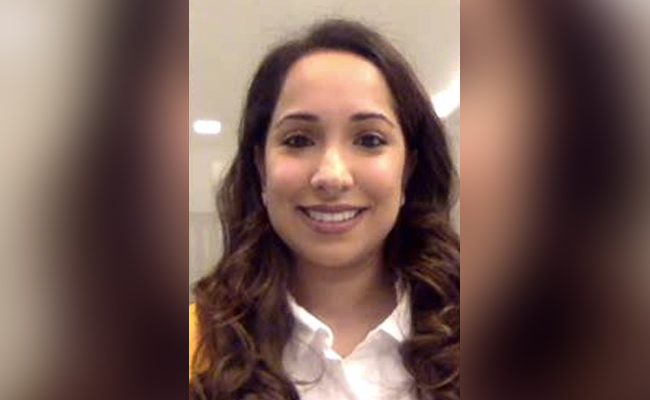

I started an NGO called Altry_GiftsThatMatter and through that we want people to gift impact. For example, if you are gifting a bouquet, so instead of it, you will be providing meals to 100 people. I realised very early on how bad COVID-19 is going to hit. We provided COVID relief in whatever way we could- whether through a fundraiser or verifying COVID leads, especially during this wave we had to verify the oxygen provider, where were beds available, and others. While the situation kept changing, one thing that was constant was the need for help.
Harsha Koda, CoFounder, Federation of OMR Resident Associations, Chennai underlined the need for RWAs to set up buffer zones for facing COVID-19 challenges
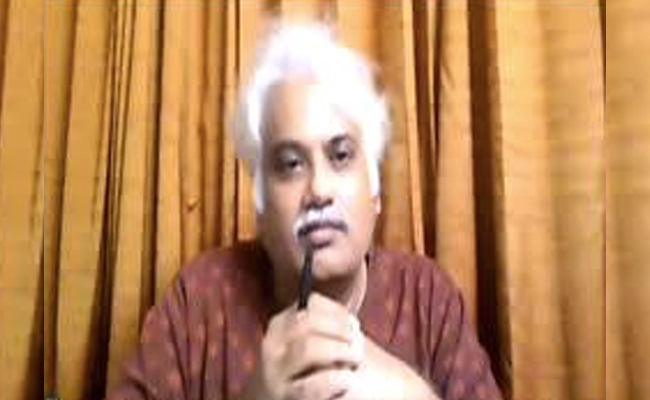

Almost the entire communication during the pandemic was on WhatsApp and Facebook. The bad name that WhatsApp has for forwards and fake news, we debunked all that- whether to show rainwater harvesting or announcing vaccination camp. Suddenly, medical officer would say we have 20 vials of vaccine which means 200 people can be vaccinated so we would WhatsApp. The speed with which we have reached people is amazing.
During the first wave, we helped migrants, gave them food. It was nice. We thought we are doing something good. The second wave was scary. A lot of young people were affected. When people start getting really sick then we got scared. They are saying third wave will affect people less than 20 years of age maybe because they are not vaccinated. We are worried but we are taking care. We conduct webinars. We are disseminating all the information to people so that they can make an informed choice. We are thinking of long term and so we are tying up with nearby hospitals and getting some beds. RWAs can create a small buffer zone for people in the clubhouses and gyms that are not in use currently and put a couple of oxygen concentrators, cylinders, beds and other such essential medical equipments.
We focus on supporting the healthcare providers in their fight against COVID-19: Tom Cotter, Director of Emergency Response & Preparedness, Project HOPE
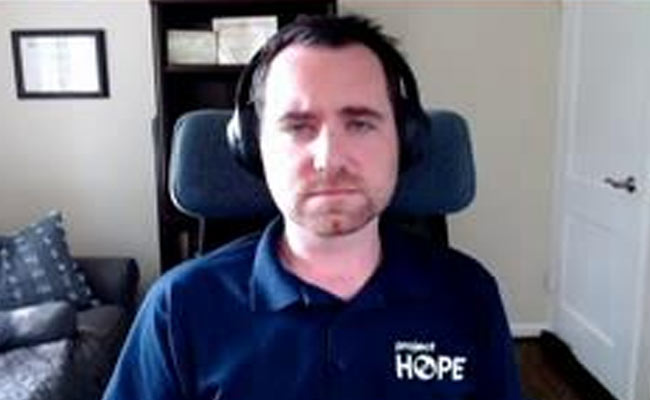

Project HOPE and ChildFund partnered to support the fight against the pandemic. Our skills sets are very complementary to each other. ChildFund has been very active during the first and second wave. We have been focusing on supporting frontline healthcare workers. A lot of our efforts have been on providing medical equipment to save lives. While there have been surge in cases, we ensured there is oxygen and medical equipment for doctors to save lives. Project HOPE and ChildFund and others are also partnering to create more child-friendly hospitals and creating nurturing environment for them.
While the first wave was about supporting people, during the second wave, the focus was on saving lives: Neelam Makhijani, CEO & Country Director, ChildFund India
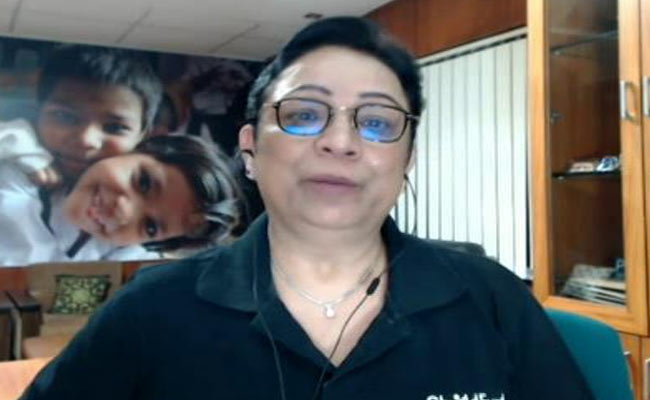

When the first wave hit there was a lot of uncertainty. ChildFund quickly responded to hunger and poverty. We did food basket, nutrition packages, community kitchen. We did a lot of work around nutrition and hygiene. At that time, the focus was on promoting hand hygiene. We had great donors like RB and UNICEF. After the first couple of months, we went into providing livelihood support. People lost job which pushed them into hunger. The first wave was about food, nutrition, hygiene and livelihood. It was about supporting people. But the second wave was very different. The focus during the second was about saving lives.
What we have done with Project HOPE is help 100 primary healthcare centres with medical equipment. In rural India, primary healthcare centres (PHCs) are the first support system. It all depends on PHCs but there is a big gap of medical supplies. Project HOPE supported us and in less than two months we have put healthcare infrastructure in 100 PHCs and saved lives of almost one crore people.
Actor Richa Chadha joins the #HelpingHands telethon
Uniformity in vaccination delivery is crucial: Dr. Prannoy Roy
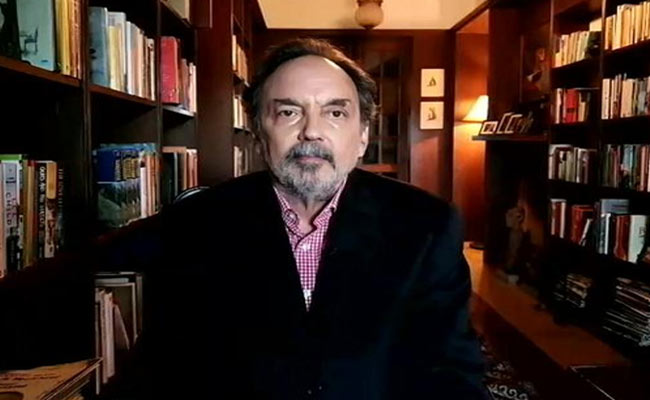

There is a desperate need to increase the number of people being vaccinated everyday. There is a stark difference between how some states are vaccinating well and others are slow. Slow vaccination rate means 1.3 billion people will be vulnerable. Uniformity and efficient delivery are crucial. Both quantity and quality are important in preventing third wave and protecting children.
There is an urgent need to step up vaccination dramatically in order to avoid the third wave of COVID-19: Dr. Prannoy Roy
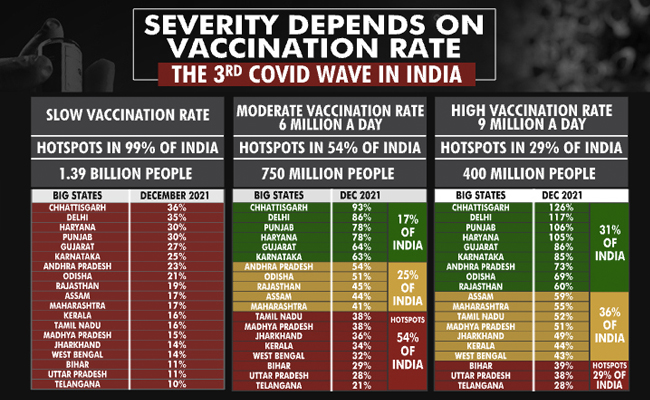

If vaccination continues at the current pace, the third wave is inevitable. If vaccination is ramped up to 6 million doses per day, the third wave will still hit half of the country. If the vaccination speed shoots up to 9 million doses a day, 60 per cent of the population would be vaccinated but the third wave will still hit at least the 29 per cent of the country because of the skewed distribution of vaccines.
#HelpingHands telethon gets underway
#HelpingHands: At a time of despair and devastation, the ChildFund India has stepped up and extended support in the form of protective medical gear to healthcare workers, setting up child-friendly COVID care centers, among others
The stage is set for the #HelpingHands telethon
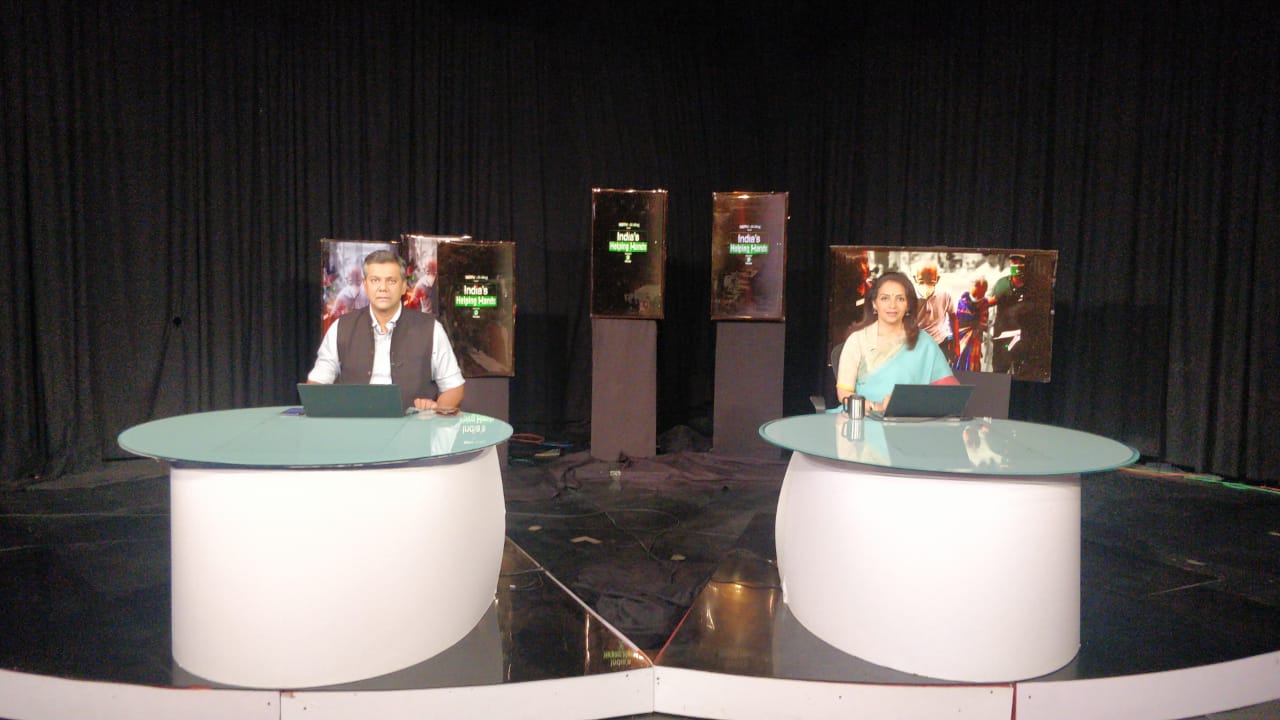

Half an hour to go for the #HelpingHands telethon
Help raise funds to protect rural India and build child -friendly COVID centres, please click here
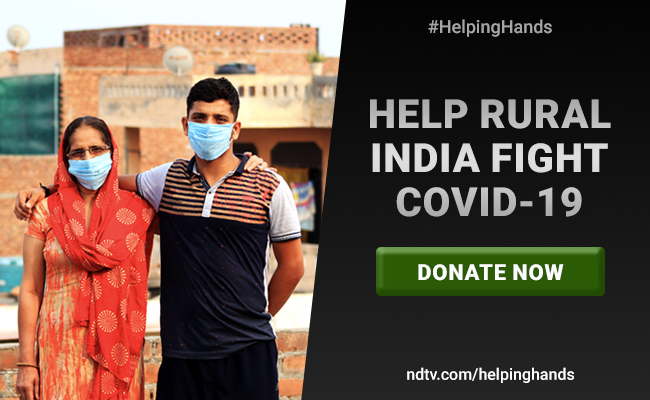

HelpingHands: An Initiative To Provide Support To Rural India Amid COVID-19 And Build Child-Friendly COVID Centres
NDTV and ChildFund India are coming together with a special campaign to raise funds for child-friendly COVID Centers which will be equipped with all medical equipment required, food and will conduct vaccination drives.
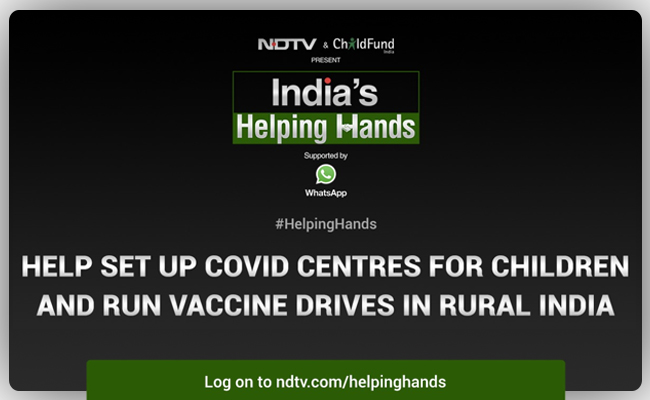
Join the 'India's #HelpingHands' telethon on NDTV today, 7-9pm (IST) to support this initiative.
To donate and support the campaign click here

#HelpingHands: Join the campaign and help India fight COVID-19
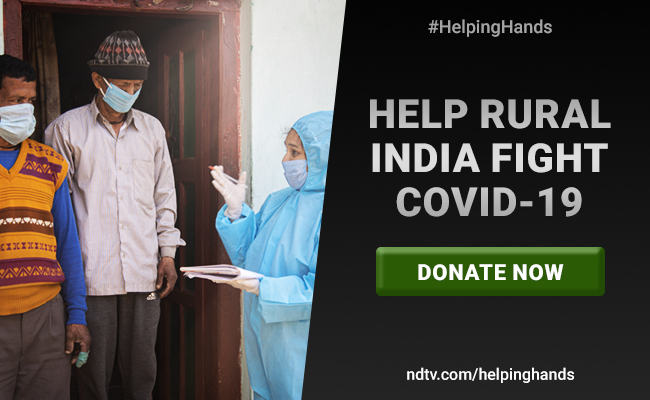
The funds raised will aid in providing support to the rural India in facing the challenges of COVID-19.
To donate and support the campaign, click here

ChildFund aims to help at least 1 crore people by supporting primary, secondary and community healthcare centers with basic medical equipment and supplies
The funds raised under the campaign will also be used to help the people of rural India challenges of the pandemic
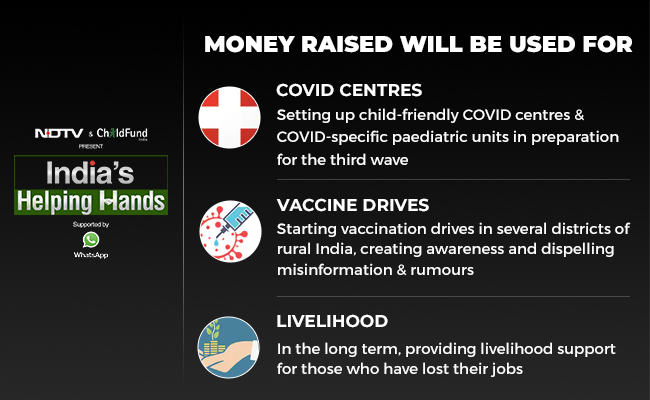
To donate and support the campaign click here

India's #HelpingHands: An initiative of NDTV and ChildFund supported by WhatsApp for raising funds for resources critical to fighting the pandemic
Join the campaign, tune in on June 13, Sunday at 7 pm (IST) on NDTV 24x7.
The health crisis brought India together, united in grief and pain that saw strangers come forward to help those in need.


From rising number of deaths, extreme pressure on the healthcare system, lack of essential medical facilities and medicines, to loss of livelihood and increase in hunger and distress, people across the country have been facing challenges at multiple levels.
